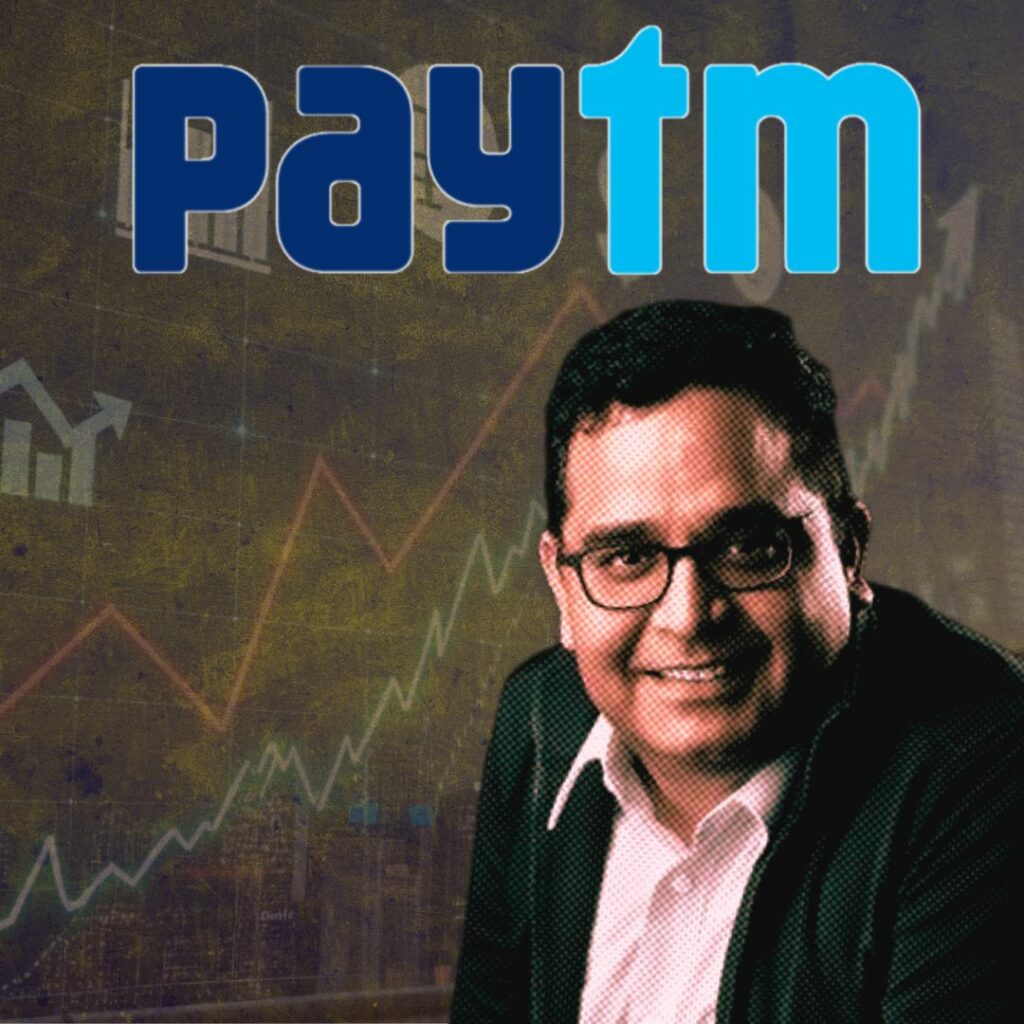[Note: This article was first published on December 15th, 2015]
Last Friday India agreed to buy the Shinkansen high-speed bullet train from Japan to link Ahmedabad and Mumbai. The Indian cabinet swiftly cleared the $14.7bn (£9.6bn) cost of building the 650 kms long bullet train system. Prime Minister Narendra Modi said: “This enterprise will launch a revolution in Indian railways and speed up India’s journey into the future. It will become an engine of economic transformation in India.” But will it?
To be sure the BJP’s election manifesto released on April 7, 2014 the BJP very specifically said if elected the BJP government will launch “a diamond quadrilateral project of high speed train network (bullet train).” This quadrilateral, also known as the golden quadrilateral, linking the four big metropolises envisages a network of 5,846km. It joins Delhi, Chennai, Kolkata and Mumbai or North, South, East and West. But it doesn’t include Gujarat’s capital, Ahmedabad.Indian Railways (IR) is the third largest railway network in the world with 7,083 railway stations, 1,31,205 railway bridges, 9000 locomotives, 51,030 passenger coaches, 2,19,931 freight cars and 63,974 route kilometers. Today IR operates 19,000 trains each day, comprising 12,000 passenger trains and 7,000 freight trains. It transports 2.65 million tonnes of freight traffic and 23 million passengers every day and 7.2 billion passengers per year. It currently has 1.36 million employees and an annual revenue base of about Rs.120, 000 crores ($20 billion).
Railways have come a long way since the first passenger train service began on 16th April 1853, when 14 railway carriages carrying about 400 guests left Bori Bunder (Mumbai) at 3.30 pm “amidst the loud applause of a vast multitude and to the salute of 21 guns.”
More than anything the IR typifies the vast, creaking and dilapidated nature of India’s infrastructure. At the root of this is that the IR hardly earns enough to pay for itself, let alone invest in modernization and safety. The IR is cash strapped mainly due to the recurring losses in the passenger segment of its operations. Last year it lost Rs. 30,000 crores ($5 billion). The loss per passenger-km increased to Rs. 0.23. After adjusting the income it takes from freight, the railways is left with a surplus cash of just Rs. 690 crores ($115mn).
Its top managers have frequently red signaled the crisis. A top official said: ” ‘in the final analysis, the performance of the organization would be just at the bottom line and unless we are in a position to control the expenditure and increase the earnings on a sustained basis, survival for the organization becomes a very difficult proposition.” But the railways get by every year with huge dollops of government funding and increasingly by postponing vital investments. For instance important decisions such as the filling of tens of thousands of safety-related posts such as gangmen, pointsmen, signalmen and assistant station masters keeps getting postponed. The consequences of this are seen in the burgeoning incidence of railways related accidents and deaths.
Since 2000 there have been 89 major accidents and almost two thirds of them since 2010. It is estimated is that almost 15,000 people die on tracks due to unlawful trespassing on tracks every year of which about 6,000 are on the Mumbai suburban section. According to the Home Ministry records, 25,006 people died and 3,882 were injured in a total of 28,360 railway accidents across the country in 2014 alone.
The challenge was clear for many years. In 2012 a high level committee recognizing that the condition of the tracks and bridges is a cause of concern as because of the weak tracks trains have to run slowly. It tasked the IR to:
1. Modernize 19,000 kms of existing tracks comprising nearly 40% of the total network and carrying about 80% of the traffic.
2. Eliminate level crossings and provide fencing alongside tracks. To eliminate level crossings by building rail over and under bridges.
3. Strengthen 11,250 bridges to sustain higher loads at higher speeds, noting that about a quarter of out of 131,000 bridges are over 100 years old.
4. Provide 100% mechanized track maintenance on the main routes to provide for superior quality of track laying and maintenance.
But neither the IR nor the Indian Government has so far been able to rustle up even a fraction of the Rs. 800,000 crores ($130 billion) outlay for this.
Shouldn’t the focus be on modernizing and upgrading the entire system? The question therefore must be, how does a bullet train joining Mumbai and Ahmedabad address any of these urgent needs?
On the face of it the Japanese offer is very attractive. Japan has offered to meet 80 per cent of the Mumbai-Ahmedabad project cost, on condition that India buys 30 per cent of equipment including the coaches and locomotives from Japanese firms. In the coming years, up to 70-80% of the components could be manufactured in India. The Japanese government has offered technical support and was willing to drive the local manufacturing and technology transfer initiative within a specified period, said sources. In addition, it has offered funding at 0.1%, compared to the 0.3% cap decided by India recently, with the tenure of the loan at 50 years, along with a 10-15 year moratorium. Of the total project cost, around Rs 17,000-18,000 crore would be the cost of land. These terms cannot be scoffed at.
But questions will persist? Can this be the most competitive offer? Did the government even consider or invite other offers? How much are the Japanese going to make out of this? The purpose of competitive offers is to eliminate all these. But this due process was given a go by.
Finally, the big question that will not go away is whether the same investment on upgrading the entire Indian Railway network would be more economically beneficial than a single high cost project? India adds a million young people to its work force every month. There is little disagreement that the up gradation of the entire network would entail creation of many more new jobs than a single capital and import intensive project. How does this then tie in with Prime Minister Modi’s hope that “it will become an engine of economic transformation in India?”
Email: [email protected]
15 December 2015










